June 2010
Prepared by the Office of Planning, Environment and Realty Federal Highway Administration: www.fhwa.dot.gov/hep/climate/
To view PDF files, you need the Acrobat® Reader®.
Recent Events
Report Highlights Roadway Corridor Energy Efficiency Strategies. Environmental Corridor Management was prepared as part of the NCHRP 25-25 “quick turnaround” research. The chapter “the Energy Efficient Highway: How Efficient Are Our Corridors?” includes a lengthy and informative discussion of Oregon’s experiences implementing their Oregon Solar Highway program. Among numerous other sustainability strategies, the document also reports on experiences with:
- wind generation in highway rights of way
- solar powered LED and compact fluorescent lighting for signs,
- LED luminairs and signals,
- highly retroreflective sign material in place of sign lighting,
- increased energy efficiencies from operations,
- minimizing need for new construction via operational improvements,
- more efficient fleets, and
- recycled materials in roadway construction.
EPA Announces 2009 Clean Air Excellence Award Winners. Several of the 2009 winners have demonstrated or are working toward transportation greenhouse gas emissions reductions. The District Department of Transportation was recognized for launching the SmartBikeDC bike sharing program, and Car2Go and the city of Austin were recognized for their car sharing program. Sunline Transit Agency in CA was honored as the first agency to own and operate a hydrogen generating and dispensing station. They have upgraded the facility so that it can serve commercial customers as well as the transit agency’s own busses. More details on these and other award winning initiatives are available on EPA’s Clean Air Excellence Awards website.
FHWA/AASHTO Climate Change Adaptation Peer Exchange Report Released. FHWA with the support of AASHTO convened a peer exchange on current climate change adaptation activities and strategic needs in Schaumburg, Illinois, on December 8, 2009. This workshop included senior officials of state departments of transportation, FHWA headquarters and division offices and AASHTO. This report summarizes the results of the exchange, and is one of series of FHWA reports documenting the results of national peer exchanges on integrating climate change considerations into the transportation planning process.
State and Local News
Northeast and Mid-Atlantic States Launch Transportation and Climate Initiative. On June 16, 11 Northeast states and the District of Columbia launched a Transportation and Climate Change Initiative “to help reduce greenhouse gas emissions, minimize our transportation system’s reliance on high-carbon fuels, promote sustainable growth, address the challenges of vehicle-miles traveled and help build the clean energy economy.” More information and a copy of the signed declaration of intent are available on the Georgetown Climate Center website.
MassDOT Announces Comprehensive Sustainable Transportation Initiative. On June 2, MassDOT launched GreenDOT, an effort to incorporate sustainability into all of the DOT’s activities. The initiative has a goal of reducing GHG emissions by over 2 million tons by 2020. The DOT aims to combat climate change by measures such as balancing highway expansion projects with projects that promote biking, walking, public transit, and smart growth. The DOT will also make investments in a green fleet and renewable power. The policy directive includes an illustrative list of the initiatives that MassDOT is implementing to achieve the GreenDOT goals. For more information, see the MassDOT Policy Directive or the press release.
New York City Panel on Climate Change Releases Adaptation Resources. The NPCC has released Climate Change Adaptation in New York City: Building a Risk Management Response, to provide a “foundation” for climate change adaptation in New York City and tools to start formulating an adaptation response. The document includes a brief analysis of NYC’s transit system vulnerabilities. NPCC’s eight step Adaptation Assessment Guidebook is included as Appendix B. And a workbook on “Incorporating Climate Change into Design and Performance Standards” is Appendix C.
California Air Resources Board Releases Draft Regional GHG Reduction Targets. CARB has released the draft GHG emission reduction targets for passenger vehicles for the state’s 18 MPOs as part of the implementation of SB 375. The 2020 and 2035 targets are expressed in per capita ghg emissions range compared to 2005 levels. The targets were informed by scenario planning analyses. As most of the infrastructure decisions affecting the 2020 network have already been made, the nearer term targets are based largely on operational improvements. Many MPOs also adjusted their 2020 forecasts to take the economic downturn into account. The four largest MPOs have a draft 2020 reduction target of 5-10 percent.
Announcements
FHWA Seeks Pilot Locations For Climate Vulnerability/Risk Assessment. FHWA is soliciting interested DOTs and MPOs to partner with us in piloting approaches to conduct climate change vulnerability and risk assessments of transportation infrastructure. The purpose of the pilots is twofold; 1) to assist State DOTs and MPOs more quickly advance existing adaptation assessment activities and 2) to assist FHWA in “test-driving” the model. Based on the feedback received through the pilots, FHWA will revise and finalize the model for national application. It is anticipated that 3-4 awards will be made at approximately $200,000 to $300,000 each. By Federal statute, a 50% non-Federal match is required for these funds to be awarded to the pilot areas. In-kind contributions such as staffing can be counted towards the match requirement. Applications are due to the relevant FHWA Division Office by July 30. For more information, see the solicitation announcement and the conceptual model which will soon be available on the FHWA Climate Change Activities Webpage.
FTA Seeks Applicants for Greenhouse Gas and Energy Reduction Projects. FTA has $75 million in FY10 funds available in its Transit Investments for Greenhouse Gas and Energy Reduction (TIGGER) Program for grants to public agencies. The grants are for capital projects that reduce GHG emissions or energy use from public transit systems. Projects must request between $1,000,000 and $25,000,000. Applications for projects less than $1,000,000 may be applied for if they are part of a consolidated proposal submitted by the State DOT that, in total, meets or exceeds the $1,000,000 threshold. Applications are due August 11. For more information, see the announcement on the grants.gov website.
Northern Transportation and Air Quality Summit to be Held Aug 24-26 in Cambridge, MA. Registration is now open for NTAQS, the biennial Air Quality conference sponsored by FHWA and EPA Regions 1, 2, and 3. Several presentations on climate change are planned. The Boston MPO and NESCAUM are co-sponsors of this years’ event.
EPA Seeks 2010 Clean Air Excellence Award Nominations. In a June 21 Federal Register Notice, EPA issued a call for nominees to recognize efforts toward achieving cleaner air. These recognition awards are open to both the public and private sector. Applications must be postmarked by August 13.
If you have any suggestions for inclusion in future issues of Transportation and Climate Change News, or if someone forwarded this newsletter to you and you’d like to receive it directly in the future, please send your suggestions or request to Becky Lupes at Rebecca.Lupes@dot.gov.
FHWA HQ Contacts in the Office of Planning, Environment & Realty:
Office of Natural and Human Environment, Sustainable Transport & Climate Change Team
Diane Turchetta, Acting Team Leader Diane.Turchetta@dot.gov
Kathy Daniel, Kathy.Daniel@dot.gov
John Davies, JohnG.Davies@dot.gov
Connie Hill Galloway, Connie.Hill@dot.gov
Robert Kafalenos, Robert.Kafalenos@dot.gov
Faiz Khan, Faiz.Khan@dot.gov
Becky Lupes, Rebecca.Lupes@dot.gov
Office of Planning
Robin Smith, Robin.Smith@dot.gov
Office of Project Development & Environmental Review
Shari Schaftlein, Shari.Schaftlein@dot.gov


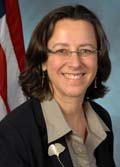


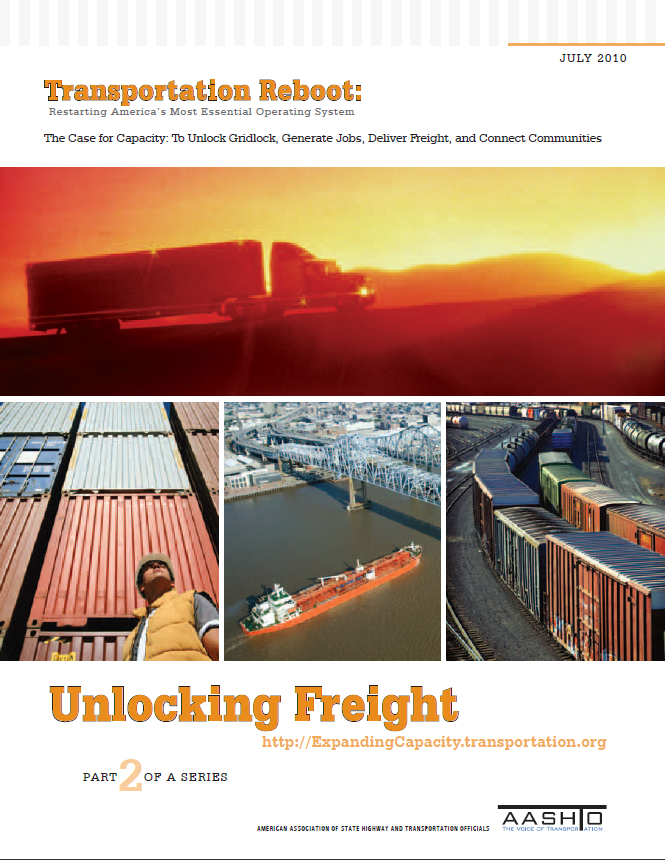

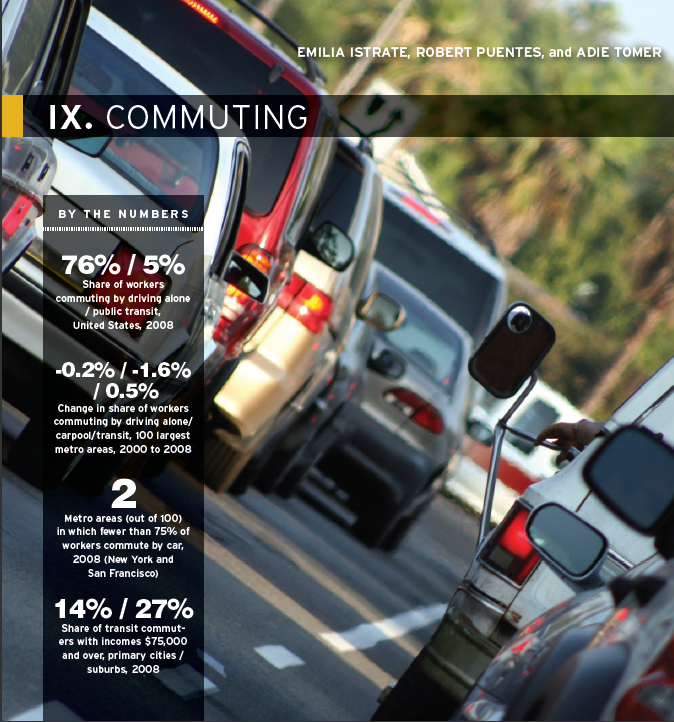
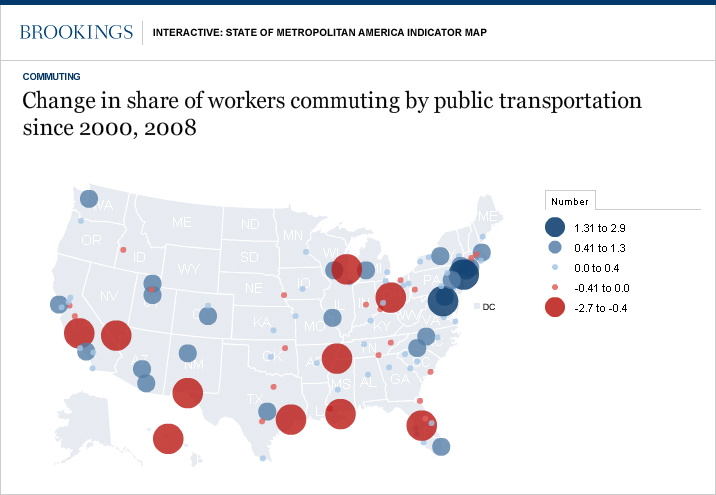
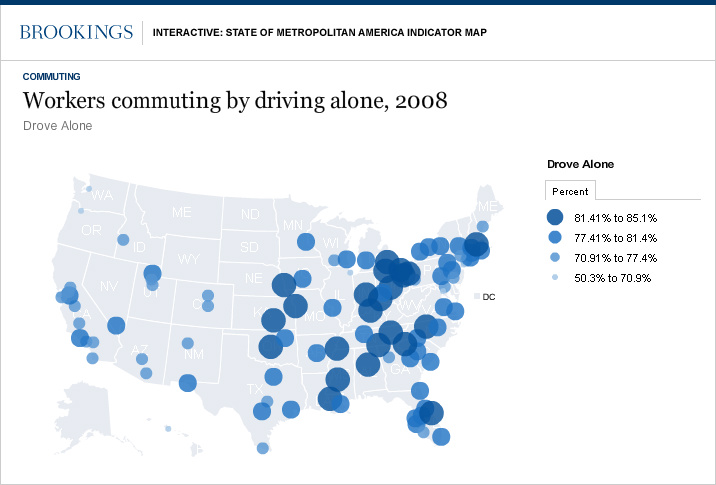


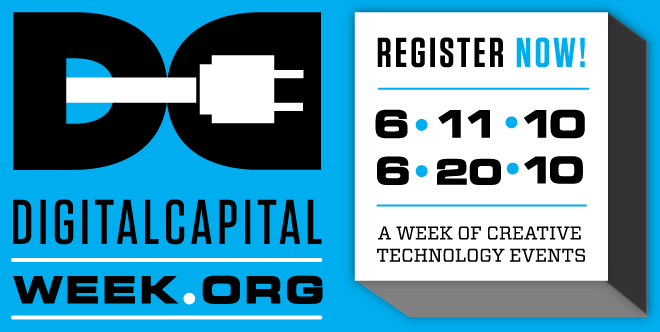



![Reblog this post [with Zemanta]](http://img.zemanta.com/reblog_e.png?x-id=9f491dc8-4f0f-4068-b3df-fc7483c08082)
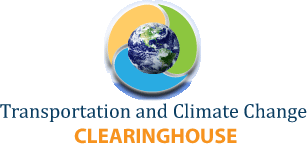
![Reblog this post [with Zemanta]](http://img.zemanta.com/reblog_e.png?x-id=5ec5518a-269e-416e-92d3-94f413123186)
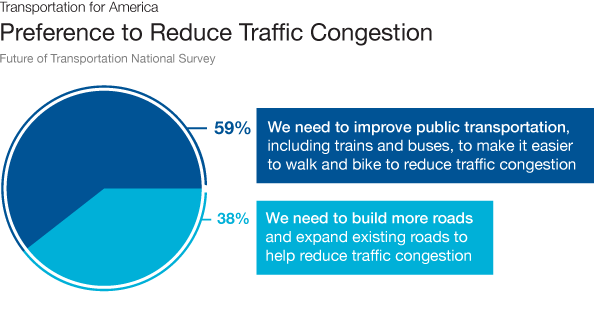
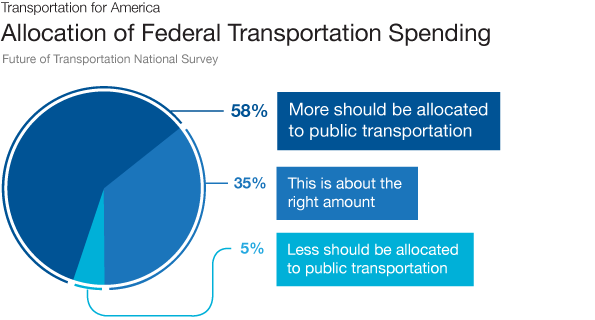




![Reblog this post [with Zemanta]](http://img.zemanta.com/reblog_e.png?x-id=b995a12a-5a9b-49ff-9e3e-34c5e676041d)